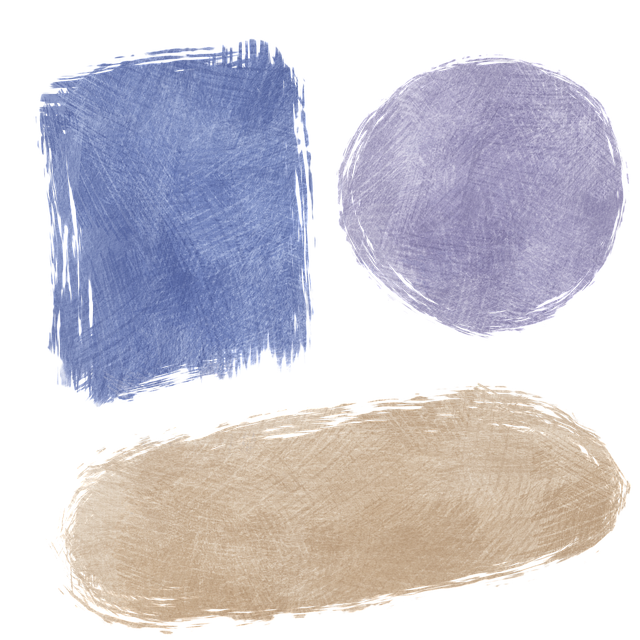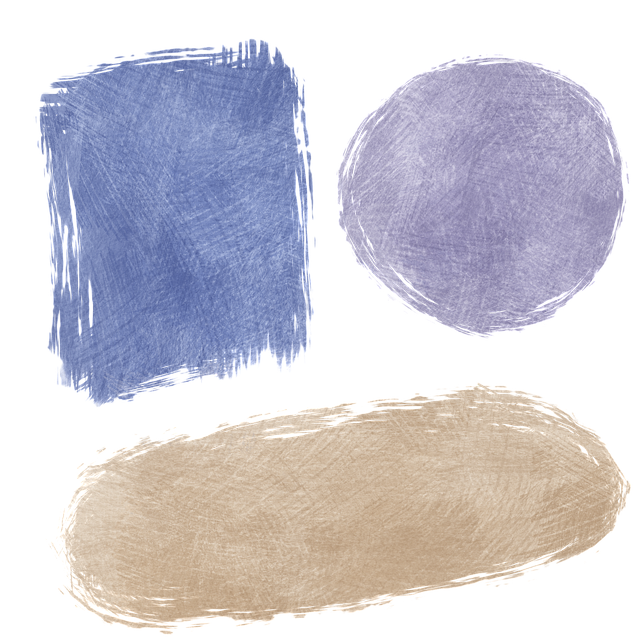Understanding and identifying grout stain causes is key to effective removal. Use a high-quality grout cleaner, pressure washer, or dental pick for deep stains. For daily residue, a warm water & mild detergent mixture works well; for stubborn stains, specialized enzymes are needed. DIY methods save cost but may not be optimal; professionals offer deeper cleaning and tailored treatments. Identify stain type to choose the right cleaning method: organic vs. mold/mildew necessitate different solutions. Test cleaning solutions on a small area first. Regular sweeping, spot cleaning, sealing, and drying maintain grout lines. Use specialized grout cleaners with safe enzymes for existing stains.
Tired of unsightly grout lines marring your once-pristine tiles? Don’t despair! This comprehensive guide unveils expert solutions for removing even the most stubborn grout stains. From understanding the root causes to mastering advanced cleaning techniques, we equip you with the knowledge to tackle this common flooring conundrum. Learn the best tools and materials, discover proven steps for stain removal, and explore DIY vs. professional options. Plus, gain insights on prevention and maintenance to keep your grout lines looking fresh long-term.
Understanding Grout Stain Causes

Understanding the causes behind grout stains is the first step in finding effective solutions to remove them. Grout lines, due to their narrow and confined nature, are susceptible to various types of staining. Common culprits include spills from beverages like coffee, tea, or juice, as well as food particles and grease that can quickly adhere to the porous surface. Another significant factor is the growth of mold and mildew, especially in humid environments, which not only discolors the grout but also poses health risks.
Additionally, everyday wear and tear can contribute to staining. Foot traffic, especially from shoes with dark soles or muddy feet, can leave behind residue. Over time, these stains accumulate, making it challenging to restore the original cleanliness of the grout lines. Identifying the specific cause will help in choosing the most suitable method for removing stains from grout lines effectively.
Tools and Materials for Stain Removal

When tackling grout stain removal, the right tools and materials are essential for achieving clean, pristine lines. Start with a good quality grout cleaner that’s designed to tackle tough stains. These usually come in liquid form and contain powerful yet safe chemicals that can cut through grease, grime, and even mold. A sponge or stiff-bristled brush is ideal for applying the cleaner directly to the stained grout lines. Always wear protective gloves during the cleaning process to avoid skin irritation.
Additionally, a pressure washer or a grout steam cleaner can be incredibly effective for removing deep-set stains. These machines use high-pressure water or steam to blast away dirt and grime. For hard-to-reach areas or smaller spots, a dental pick or an old toothpick can be used to gently scrape away any remaining residue. Rinse the grout lines thoroughly with warm water after cleaning to ensure all chemicals are removed, leaving behind fresh, clean lines.
Steps to Remove Common Grout Stains

To remove common grout stains, start by identifying the type of stain and choosing the appropriate cleaning method. For daily stains like food or soap residue, a mixture of warm water and mild detergent is effective. Apply this solution to the affected grout lines using a soft-bristled brush or sponge, gently scrubbing in circular motions. Rinse thoroughly with clean water afterward.
For more persistent stains like ink, mold, or mildew, consider using specialized cleaners designed for grout. These products often contain powerful yet safe enzymes that break down organic materials causing the stain. Follow the manufacturer’s instructions carefully when using these cleaners to ensure optimal results while avoiding damage to your grout.
DIY vs Professional Cleaning Services

When it comes to tackling grout stains, there are two primary approaches: DIY cleaning or enlisting professional services. While DIY methods offer cost-effectiveness and the satisfaction of a job well done, they may not always yield the best results, especially for deeply ingrained or stubborn stains. Grout, being a porous material, can be challenging to clean thoroughly without the right tools and techniques.
On the other hand, professional grout cleaning services bring expertise and specialized equipment to the table. These pros know how to safely and effectively remove stains from grout lines using industry-standard solutions and methods. They understand the different types of grout and stains, ensuring tailored treatments for optimal results. This option might be more expensive but guarantees a deeper clean and longer-lasting solutions, ultimately saving time and effort in the long run.
Advanced Techniques for Intense Staining

When it comes to advanced techniques for intense staining, removing stains from grout lines requires a strategic approach. Start by identifying the type of stain—from mold and mildew to ink or oil—as this dictates your chosen method. For organic stains like ink or oil, a mild detergent and warm water can often be effective in their removal.
For more stubborn stains, such as those caused by mold and mildew, a blend of bleach and water or specialized grout cleaning solutions can prove invaluable. Always test any cleaning solution on a small, inconspicuous area first to ensure it doesn’t damage the grout’s finish or color. Regular maintenance, including routine sweeping and mopping, can prevent future staining issues, keeping your grout lines looking as good as new.
Preventing Future Grout Stains

To prevent future grout stains, regular cleaning and maintenance are key. Start by sweeping or vacuuming floors to remove loose dirt and debris daily. Use a mild detergent and warm water to spot clean any stained areas as soon as possible. Avoid using harsh chemicals, abrasive tools, or stiff brushes, which can damage the grout and make staining worse.
Additionally, sealing the grout once a year with a high-quality grout sealer can significantly reduce the risk of future stains. This barrier protects against moisture, dirt, and other common contaminants that cause discoloration. Always follow the manufacturer’s instructions for proper application to ensure maximum protection.
Maintenance Tips for Longevity

Proper maintenance is key to keeping your grout lines looking their best and preventing stubborn stains from setting in. Regular cleaning with a mild detergent and warm water can help remove dirt and grime that may cause discolouration over time. Be sure to dry the grout thoroughly after cleaning, as moisture can lead to mould and mildew growth.
Additionally, sealing the grout once a year can provide an extra layer of protection against stains from the start. This simple step can significantly extend the life of your grout lines between deep cleanings. When it comes to removing stains that have already set in, using a grout cleaner designed for removing tough, ingrained dirt and discolouration is essential. These products often contain powerful yet safe enzymes that effectively break down and remove stains from grout lines without damaging the material.
